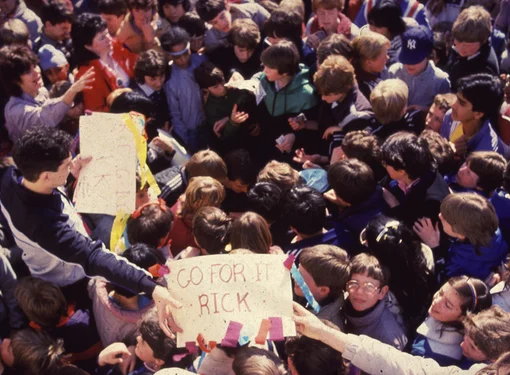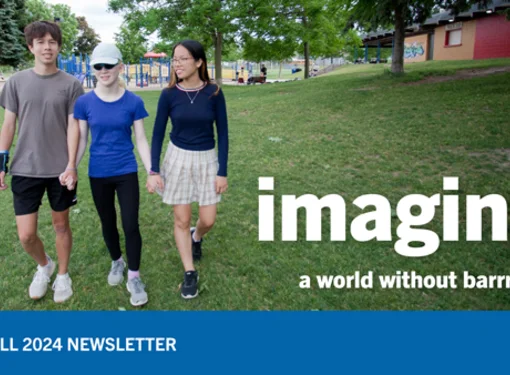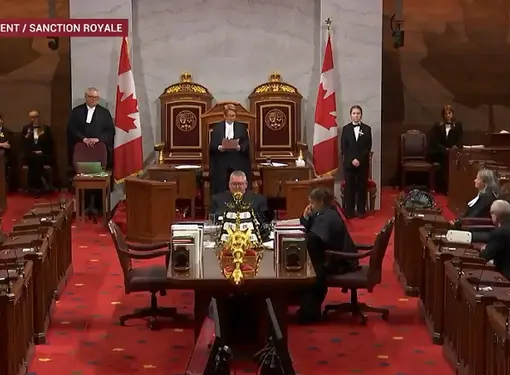What are accessible standards?
Did you know that the government of British Columbia is aiming to be the most accessible province in Canada by 2024? This is a positive step by the B.C. government towards creating a fully inclusive society; however, we still have a long way to go to become the most progressive province for those living with a disability.
Earlier this year, we discussed the current state of accessibility in Canada. Accessibility standards are put in place to do many things. Primarily, they set out concrete requirements for what is needed to become accessible. They also standardize accessibility so that people can expect a certain level of access anywhere they go, and they enforce the idea that people with accessibility needs have the right to access the same places as everyone else. Unfortunately, while accessibility standards are in place, barriers still exist, and many businesses and community venues still remain inaccessible to many.
We sat down with the Rick Hansen Accessibility Specialists who shed some light on the most common accessibility barriers. These obstacles not only directly affect those living with a physical disability, but anyone with a temporary disability, an older person with limited mobility, or a new mom with a baby stroller. Here are the 10 most common barriers:
1. Curb Cuts
A curb cut is a ramp that is graded down from the top surface of a sidewalk to the surface of an adjoining street. Barriers can arise when the slope is too steep, there are uneven side slopes, or there is a lack of marking.
2. Sidewalks
Now that we’ve used the curb cut to get onto the sidewalk, there may be barriers on the sidewalk itself like large cracks in the concrete which create an uneven surface for wheeling.
3. Automatic Doors
An obvious barrier is if an automatic door is broken. Often times, though the placement of the open button can be a barrier, too. If the open button is located too close to the door, the automatic door will swing out and hit the person trying to enter.
4. Public Elevators
Obviously if an elevator is out of service, individuals with mobility issues cannot get where they need to go. Another common issue is if the elevator doors close too quickly, not allowing the person enough time to enter.
5. Traffic Light Crossings
This barrier has the potential to be dangerous. The two most commonly reported issues with traffic light crossings are not enough time to cross and lack of auditory cues for individuals who have low vision.
6. Inaccessible Pathways
In order for a path to be accessible, there needs to be both enough space for the width of a wheelchair, and enough room for an individual to turn around and move freely on the path. Similar to sidewalks, the surface terrain must be even.
7. Inaccessible Countertops
Countertops are often too high for someone at a lower height to make payment for a purchase. Simply installing extendible debit/credit machines allows any individual at any height to make their purchase comfortably.
8. Inaccessible Washrooms
Generally, there are accessible washrooms in most public places. However, they are not always 100% accessible. This could be due to lack of space to move around, lack of important equipment (e.g., grab bars), or planning errors such as using accessible washrooms for storage.
9. Inaccessible Entrances
Narrow entryways, uneven transitions from one section to another, or other obstacles placed near an entryway that impede access can make an entrance inaccessible.
10. Non-inclusive Customer Service
This point speaks to awareness and inclusiveness. Awareness about common barriers to access, and fixing them so that people with disabilities or other mobility concerns can easily enter businesses and other venues, will allow services to be provided to everyone in the community, regardless of ability.
Putting Barriers On Everyone's Radar
Most often, accessibility barriers go unnoticed by those who don’t need or use them. So if you are living with a disability and notice inaccessible spaces, communicate these barriers to your community members to help make your community inclusive for everyone.
Do you have any more barriers to add to this list? Are you looking for more ways to help make your community more inclusive? Email us at info@rickhansen.com!
Michelle Shalinsky is the Accessibility Solutions Intern at the Rick Hansen Foundation. Michelle has a B.A. in Therapeutic Recreation and is also a Certified Recreation Therapy Specialist.





